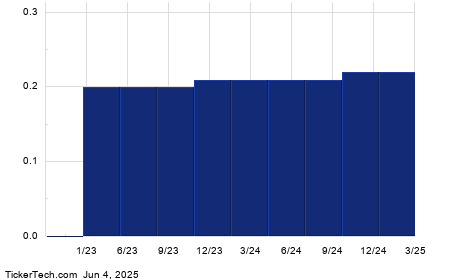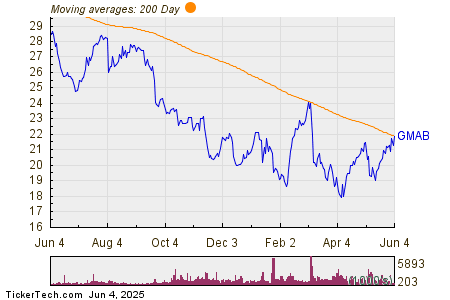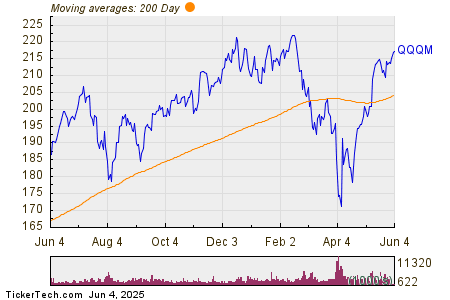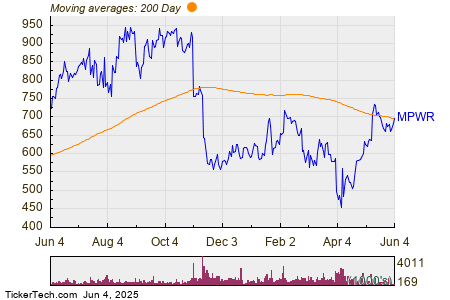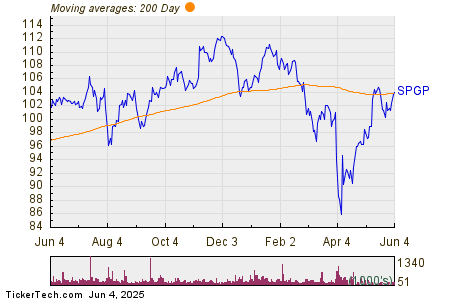Nvidia’s Modest Year-to-Date Performance Amid Strong Financial Growth
Despite artificial intelligence (AI) driving market excitement, Nvidia (NASDAQ: NVDA) has recorded a mere 2.3% return this year, surpassing the S&P 500’s 0.32% gain in 2025. This restrained performance from a leader in AI raises questions for investors.
Nvidia’s financial report for the first quarter of fiscal 2026 shows revenue soaring 69% year-over-year to $44.1 billion. Guidance indicates ongoing strong growth, yet the market’s lukewarm response may reflect caution or indicate a potential buying opportunity.
At 21.8 times projected 2028 earnings, Nvidia maintains a reasonable valuation given its impressive revenue growth and strong position in AI infrastructure. Investors looking beyond short-term setbacks could find value in the current market scenario.
U.S. Export Controls Impact on Nvidia
The primary issue affecting Nvidia’s stock performance has been concerns over U.S. export controls limiting access to the Chinese market. Restrictions that began on April 9, 2025, led to a $4.5 billion charge in the first quarter and are projected to cost $2.5 billion in first-quarter revenue and $8 billion in the second quarter due to lost H20 chip sales.
These figures highlight Nvidia’s resilience. Despite losing H20 sales targeted at China, the company generated $44.1 billion in quarterly revenue and projects $45 billion for the upcoming quarter, signifying 50% year-over-year growth, even accounting for these challenges.
Nvidia’s data center revenue reached $39.1 billion, a 73% increase year-over-year, with nearly 70% derived from new Blackwell products. This suggests that demand from other global markets compensates for the restrictions in China, strengthening the investment case by demonstrating widespread adoption of AI.
Blackwell Architecture Fuels Growth
The rapid adoption of Nvidia’s Blackwell architecture has contributed significantly to revenue streams for both data centers and gaming. Data center clients are adopting Blackwell products quicker than expected, accounting for most of the $39.1 billion in segment revenue.
In gaming, revenue surged 48% sequentially and 42% year-over-year, bolstered by new Blackwell-based products. This diversification demonstrates Nvidia’s ability to capitalize on advanced chip architectures across various high-growth market segments.
Beyond hardware, Nvidia is expanding into software and networking services, generating new revenue streams. Its Compute Unified Device Architecture (CUDA) software remains the benchmark for AI development, establishing a barrier against competitors.
As enterprises transition from AI experimentation to deployment, Nvidia’s broad ecosystem positions it for continued growth among existing customers.
Valuation Perspective on Nvidia Stock
Nvidia’s current valuation at 21.8 times projected 2028 earnings appears justified given its growth trajectory, dominance in AI infrastructure, and unparalleled software ecosystem. The company’s stronghold remains intact, despite competitive pressures from AMD and other players.
As AI evolves towards autonomous agents and multimodal models, Nvidia stands out as the leading platform. Its predominantly untouchable market position suggests that current valuations may be viewed as attractive in hindsight for long-term investors.
Should You Invest in Nvidia Stock?
Before making investment decisions regarding Nvidia, consider that the Motley Fool Stock Advisor team has identified other stocks deemed promising for potential returns, which do not include Nvidia.
For context, a $1,000 investment in Netflix after its recommendation in December 2004 would be worth $651,049 today, while an investment in Nvidia from April 2005 would have grown to $828,224.
The Stock Advisor has achieved a total return of 979%, vastly outperforming the S&P 500’s 171%. Stay updated with their top recommendations for potential gain.
George Budwell holds positions in Nvidia. The Motley Fool has positions in and recommends both Advanced Micro Devices and Nvidia. All disclosures apply.
The author’s opinions do not necessarily reflect those of Nasdaq, Inc.


